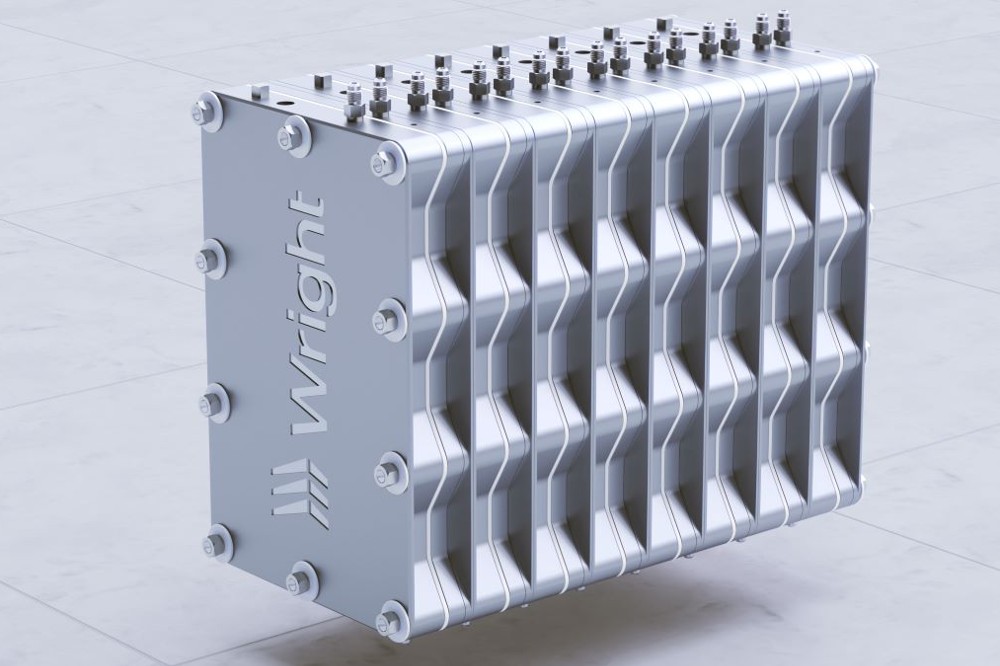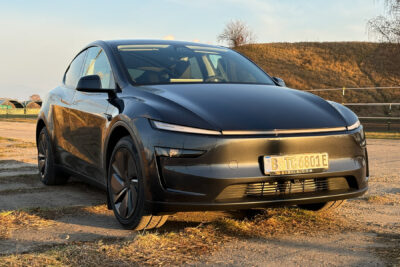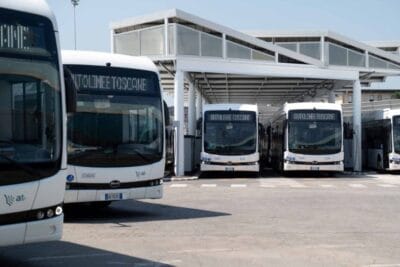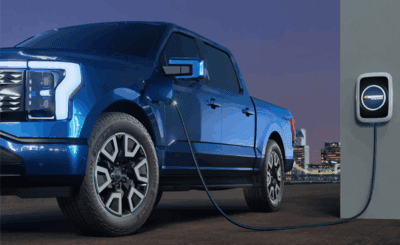Wright Electric aims to produce high-energy batteries
To achieve this goal, Wright is working with several research institutions and industry partners. The first such battery packs are to be released for laboratory testing in 2025. The first customers could benefit from the high-energy batteries from 2027.
“When I founded Wright, the best vehicle batteries had an energy density below 250 wh/kg,” says Jeff Engler, CEO of Wright. “Now several large manufacturers are advertising cells at
double that capacity, and we have visibility into new battery chemistries that could get us to our
target of 1,000 wh/kg.” CATL, for example, had unveiled its new “Condensed Battery” six months ago, which, with an energy density of up to 500 Wh/kg at the cell level, is said to be suitable for e-planes, for example. But that’s just a side note.
As further target parameters, Wright Electric aims to make the batteries four times lighter than today’s lithium-ion batteries and to design them in such a way that they can be used in electric aircraft for 100 passengers as well as in truck transport, trucking, shipping and rail. Aviation is the core application for the company, which was founded in 2016: “Given that the vast majority of aerospace carbon emissions are in aircraft with 100 or more passengers, these batteries would enable a paradigm shift in decarbonization,” the company wrote.
Wright Electric first announced plans for a 100-seat all-electric regional aircraft in late 2021. At the time, it was said that it could take off from 2026. The electric aircraft, named Wright Spirit, is an electric-powered version of the BAe 146 regional jet originally manufactured by BAE Systems. The conversion of the four-engine aircraft creates the Wright Spirit, a “retrofit” regional aircraft that is expected to have a flight time of one hour and a range of 460 miles (about 740 kilometres).
As a development stage, Wright Electric recently said it has succeeded in testing an “industry-leading electric motor with a power output of 1 megawatt”. In addition, altitude tests are said to be planned at the NASA Electric Aircraft Testbed (NEAT).
weflywright.com (PDF)





0 Comments